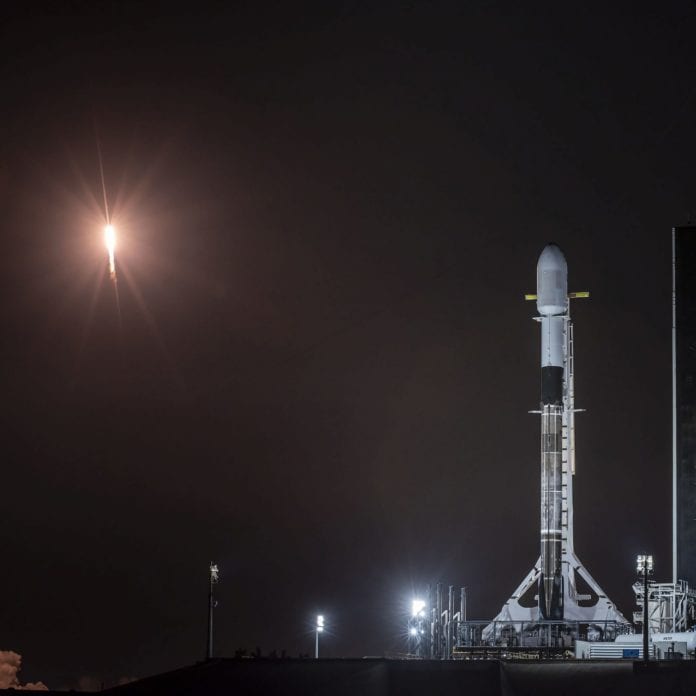Elon Musk’s low-earth-orbit satellite-based service, Starlink, plans to provide voice and Lifeline services as well as high-speed broadband services, the company told the Federal Communications Commission.
Starlink laid out its plans for service and gave some visbility into its capabilities and operations in a petition seeking Eligible Telecommunications Carrier status from the FCC in all census blocks in Alabama, Connecticut, New Hampshire, New York, Tennessee, Virginia and West Virginia, which are among the states where parent company SpaceX won $886 million in federal funds to defray deployments costs to rural and unserved areas as part of the Rural Digital Opportunities Fund. SpaceX won RDOF work in 35 states and assigned the work to its Starlink Services subsidiary, which needs to have ETC status in order to access the funds.
Starlink said that the RDOF funds will enable it to “significantly accelerate production of satellites and user equipment” to ramp up its capacity and available CPE; activate gateways and Starlink service in “thinly populated” areas that wouldn’t otherwise be economically justified; invest in standalone voice service capabilities; and prioritize service delivery to RDOF program areas by “reserving a higher percentage of its dynamically steerable capacity for Americans located in the unserved and underserved areas where SpaceX placed winning bids.”
The company said that it has more than 1,000 satellites in orbit (out of more than 4,400 that it has permission to launch and operate) and is capable of launching 60 Starlink satellites at a time, with launches about every two weeks. The 1,000-satellite mark, it says, surpasses the size necessary to provide uninterrupted service to “much of” the U.S. Starlink added that because its satellites are constantly moving, it plans its connections with ground-based equipment based on 15-second intervals and “continuously [re-generates] and [publishes] a schedule of connections to the satellite fleet and [hands] off connections between satellites. … The network can leverage these hand-offs to optimize its ability to meet customer needs, delivering high-speed (>100Mbps) and low-latency (<30 ms), even when working around spectrum sharing constraints from other satellite operators.”
Starlink also said that it has already deployed an initial ground network around the country that consists of “dozens” of licensed and planned gateways connected to fiber; the fiber then connects to SpaceX’s points of presence.
“Starlink’s performance is not theoretical or experimental,” the company declared. “Over 10,000 users in the United States and abroad are using the service today.” It says it has already demonstrated that it can surpass the FCC’s highest-tier RDOF metrics of 100/20 Mbps for speed and round-trip network latency of 31 ms or less, and that its “performance is rapidly accelerating in real time as part of its public beta program.”
Starlink plans to provide voice-over-IP service and says it’s exploring its options to do so, possibly through a managed service provider voice platform capability that would use Starlink’s network capacity and be integrated into customer CPE, to which customers could connect a landline phone. The MSP strategy is the company’s baseline plan for a voice offering, although it says it could also consider developing a proprietary solution.
Starlink currently has no Lifeline customers, it says, because only operators with an ETC designation can participate in that program — which it plans to do once it receives ETC status.
Starlink also said that it is building redundancy into its network so that every user will have multiple satellites in view with which they can communicate, and every satellite will have multiple gateway sites in view. “The Starlink traffic routing system ensures that every user is served with
bandwidth before users demanding more bandwidth get additional throughput assigned, which gives the Starlink network robustness in the event of emergencies requiring high throughput,” the company said.
Starlink said that it already has service agreements in place, including with underserved indigenous communities, first responders and schools. Demand, it says, is “strong and widespread,” noting that hundreds of thousands of people in all 50 states have registered their interest with Starlink’s website, even without advertising.

